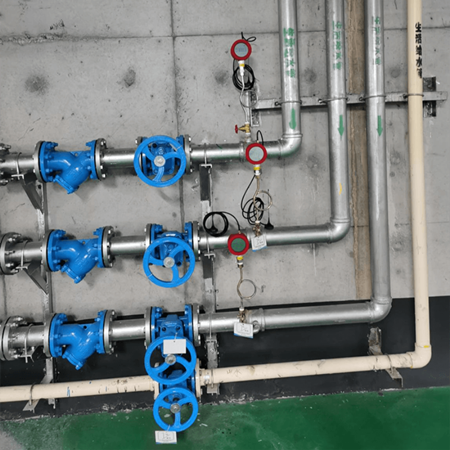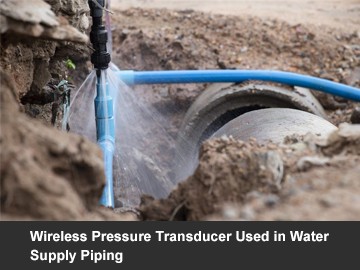Wireless Pressure Transducer Used in Water Supply Piping
Wireless pressure transducersplay an important role in the modern monitoring system of water supply pipe network. The water supply network is an important part in industrial production and daily life, which is vital to production and life. The monitoring system can provide data for pipe network scheduling and a basis for decision-making for scheduling.

How Wireless Pressure Transducer Helps
When wireless pressure transducer is applied in water supply process, the current real-time remote data collection of production and operation focuses on pressure and flow scheduling. Comprehensive scheduling of water pumping stations in the pipe network system realizes even pressure distribution, energy saving and consumption reduction in the entire production system.
What We Benefit from Wireless Pressure Transducer
Besides, the pressure and flow monitoring points can be optimized. Meanwhile the monitoring system provides operation data, and check the data with the water supply companies so as to improve the monitoring accuracy, better guide on the production and application to realize energy-saving and consumption-reducing of the system. In the whole process, the multifunctional wireless pressure transducer in this system performs real-time monitoring and transmission of data, alarms and other precise monitoring functions.
Wireless Pressure Transducer Data Transformed to Cloud Platform
We can use Lora wireless and this wireless pressure transducer to monitor the pressure, liquid level, and flow rate of the water supply pipe network. The data from the transducer will be sent to the cloud platform monitoring system through the gateway. The water supply can be managed through the data view and analysis, which can effectively avoid pipe burst caused by insufficient water pressure and excessive water pressure.






